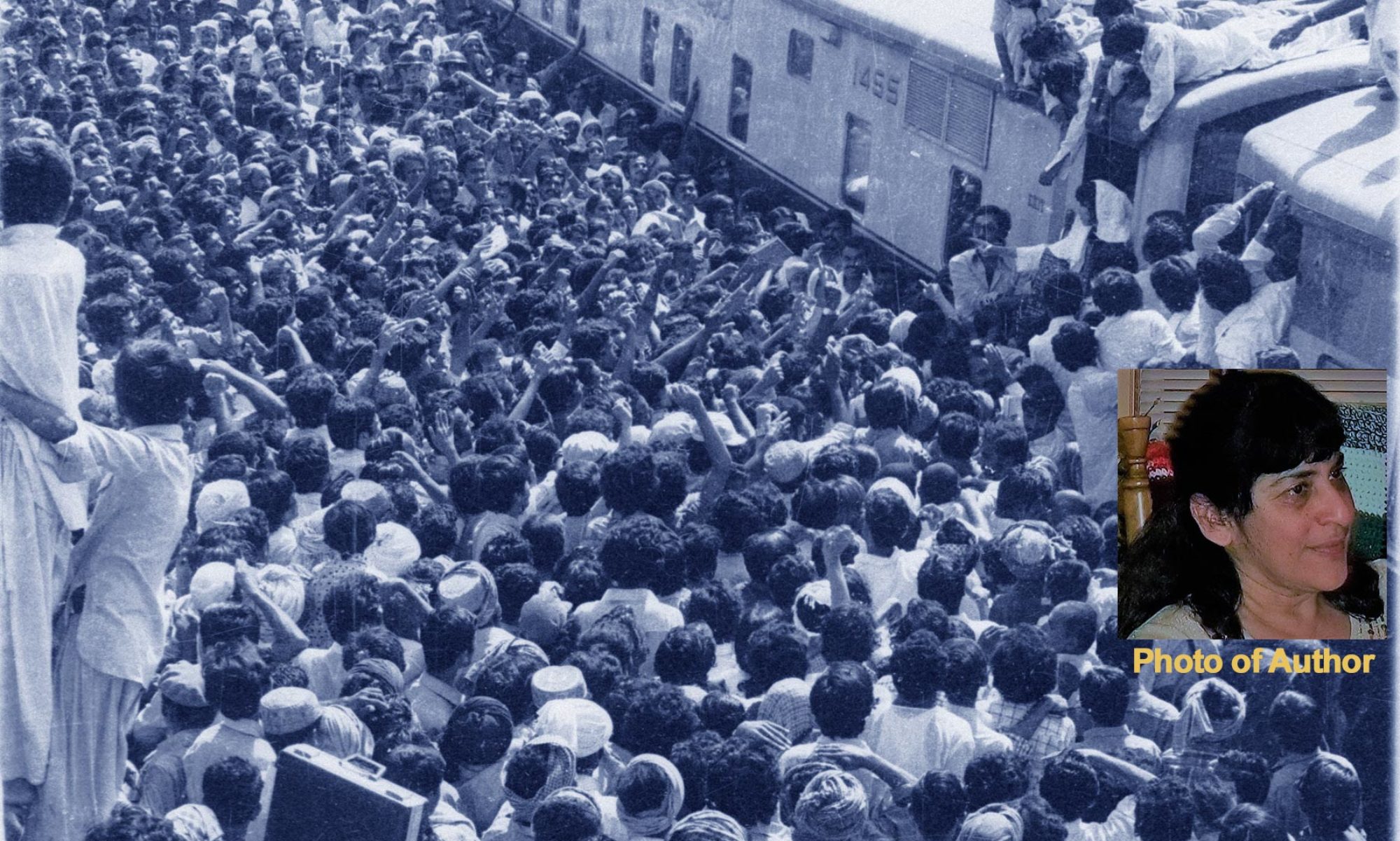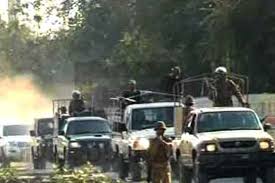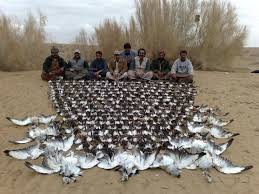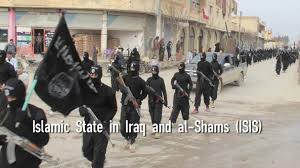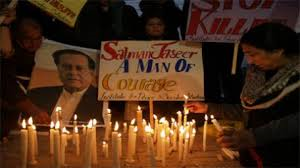
(Credit: businessweek.com)
Washington, Jan 19: On a recent Friday evening in Kabul, I gathered with friends at the Lebanese restaurant that had long been a convivial and secure oasis in a harsh and unpredictable country. The occasion was a farewell meal before I left for the States — a cherished ritual in my many visits to Afghanistan over the past decade.
As always, after an abundant assortment of mezze, we raised our discreet cups of “white tea” and promised to meet there next time. As always, the proprietor, Kamel Hamade, a dapper businessman from Beirut, refused to let us pay. “Give the money to help the animals instead,” he would insist.
Kamel was an animal lover, political gadfly and the genial host of La Taverna du Liban, a cozy bistro that catered to the foreign and local elite — Western aid workers, Middle Eastern entrepreneurs, Afghan ministry officials. There was a frisson of intrigue amid the hookah smoke and hushed chatter. We jokingly called it the “Rick’s Café” of Kabul.
There was also real danger lurking outside, we all knew. Taliban militants often targeted establishments where Westerners worked or met, and Kamel had beefed up security repeatedly against possible attacks. He was a gentleman, but also a survivor of civil war and a scrappy businessman who never shied from a fight. He kept a loaded gun in his room upstairs and a formidable mastiff named Jeff in a pen by the front door.
“I’ve got to get out of here,” he swore to me a dozen times in the past several years. “There’s too much tension, too much difficulty. I’m going to open a restaurant somewhere nice, like Geneva or New Zealand.”
But although he often travelled home to Beirut or abroad on business, Kamel never did abandon Kabul and La Taverna. He stayed on, even as foreign missions began closing in anticipation of Western troop withdrawals, political instability and growing violence. He stayed on even after other restaurants folded, reservations flagged due to diplomatic security alerts, and a business dispute led to a shootout at the restaurant and landed him briefly in an Afghan jail.
As long as La Taverna remained open — as long as Kamel was there in his favorite corner, smoking cigarettes and counting change and yelling at the waiters and surveying his domain and leaping up to greet old friends — I felt as if I still had a familiar sanctuary, a small zone of comfort in Kabul.
On Friday evening, that illusion was violently shattered. At 7 p.m., the busiest dinner hour of the week, a Taliban suicide bomber detonated himself outside the front gate, right next to Jeff’s pen, and two gunmen shot their way inside, raking the dining room with gunfire. By the time Afghan security forces stormed the premises and shot them, at least 21 people were dead, including Kamel and dinner guests from half a dozen countries. So was Jeff.
I was back in Washington by then, working at my desk, when a colleague called unexpectedly from Kabul, then a friend e-mailed. A loud blast had been heard. More messages and news bulletins followed, the focus narrower, the details still sketchy but horrific. It was La Taverna. There was shooting and commotion outside but no news, nothing, from inside.
I reached an Afghan friend whose brother was a cook. He had escaped over the back wall and had seen Kamel running into the dining room with his gun. My stomach knotted in dread. I imagined him plunging into a scene of chaos and screams and blood, defending his guests and his property to the death.
Within two hours, those fears were confirmed. My friend was dead, my convivial war-zone sanctuary a charnel house. I also knew this attack had changed everything for me, my friends and the entire international community in Kabul.
There had been other Taliban assaults in the capital over the years — against international hotels and agencies and military compounds. But this was more intimate, more savage, more personal. The Taliban crowed in an e-mail Friday about eliminating foreign “occupiers,” but all I could think about was Kamel fretting over his ailing orange cat, Boy, or trying to find Jeff a mate to make him less ferocious, or refusing to let his friends pay for a meal.
I also thought about the dozens of wonderful evenings over the past decade I had shared at La Taverna with friends and colleagues and fellow animal rescuers — a veterinarian from Maine, an aid supervisor from France, an engineer from Prague, a security contractor from Australia, a diplomat from Canada, a nurse from Nashville, a lawyer from Ireland, an anthropologist from Rome, and many Afghan friends and co-workers. Now, the Taliban had made sure we would never meet there again.
On Saturday, I found my e-mail inbox flooded with messages from these now-scattered friends, some wondering if I was safe, some recounting memories of Kamel’s attentiveness to us and his beloved four-legged companions.
One close friend in Kabul wrote what we were all thinking: “Is this a horrid, isolated incident, or does it have greater long-term consequences and ramifications?”
Of Kamel, she wrote, “he still remains perhaps the kindest, most gentle, and respected of men I have met in this city. He created a unique space for himself, for the restaurant, and for all of us — expat and Afghan alike. A culture, a sanctuary and a place of civility have been lost, and will not be replaced.”
